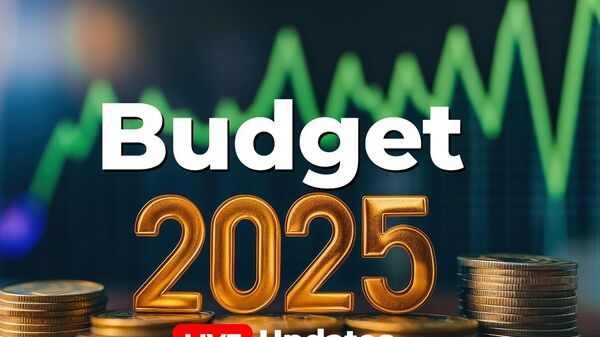

**Thorough Examination of the 2025-26 Budget and Its Effects on the Automotive Industry**
The 2025-26 budget has been revealed, introducing a set of fiscal strategies and allocations that are anticipated to affect multiple sectors of the economy. The automotive sector, given its significance as a key player in economic expansion and job creation, is particularly under scrutiny. This article offers a thorough examination of the budget’s effects on the automotive industry, emphasizing crucial areas of influence and possible results.
**1. Taxation and Incentives:**
The budget presents a revamped taxation system designed to encourage sustainable practices within the automotive sector. A significant alteration is the decrease in Goods and Services Tax (GST) for electric vehicles (EVs) from 5% to 3%, promoting the uptake of cleaner technologies. Furthermore, the government has prolonged the Faster Adoption and Manufacturing of Hybrid and Electric Vehicles (FAME) scheme, providing subsidies for both EV producers and buyers. This initiative is expected to enhance EV sales and manufacturing, in line with international trends towards sustainability.
**2. Infrastructure Enhancement:**
A considerable portion of the budget is dedicated to infrastructure enhancement, particularly focusing on expanding the electric vehicle charging infrastructure. The government intends to introduce 5,000 new charging stations nationwide, tackling a primary obstacle to EV adoption. This program is forecasted to bolster consumer confidence in EVs, subsequently speeding up market expansion.
**3. Research and Development:**
The budget allocates finances for research and development (R&D) in automotive innovations, especially in battery technology and self-driving capabilities. By promoting innovation, the government seeks to establish the domestic automotive sector as a frontrunner in advanced automotive solutions. This commitment to R&D is anticipated to produce long-lasting advantages, boosting the competitiveness of local manufacturers on the global front.
**4. Consequences for Traditional Automakers:**
While the budget highlights eco-friendly technologies, traditional vehicle manufacturers encounter hurdles due to higher excise duties on internal combustion engine (ICE) vehicles. This regulation aims to disincentivize the manufacturing and acquisition of fossil fuel-reliant vehicles, urging producers to shift towards more sustainable alternatives. Firms that quickly adapt to this evolution by broadening their EV line-up are likely to achieve a competitive advantage.
**5. Employment and Skills Training:**
Acknowledging the significant effect of technological evolution on the workforce, the budget designates resources for skills training programs specific to the automotive field. These efforts intend to prepare workers with the essential abilities to thrive in a changing industry setting, ensuring a seamless transition and reducing job losses.
**6. Environmental and Societal Consequences:**
The budget’s emphasis on advocating for EVs and curbing emissions aligns with wider environmental ambitions. By supporting cleaner technologies, the government strives to diminish the carbon emissions of the transportation sector, advancing national and global climate objectives. Socially, the improved availability of EVs is expected to enhance urban air quality, benefiting public health.
**Conclusion:**
The 2025-26 budget outlines a strategic framework for the automotive industry’s future, prioritizing sustainability, innovation, and infrastructure growth. Although traditional vehicle manufacturers may encounter immediate obstacles, the overall strategy promotes a shift towards a more eco-friendly and technologically advanced industry. As the sector acclimatizes to these developments, the long-term advantages are likely to surpass the initial challenges, positioning the automotive industry for enduring growth and global preeminence.






